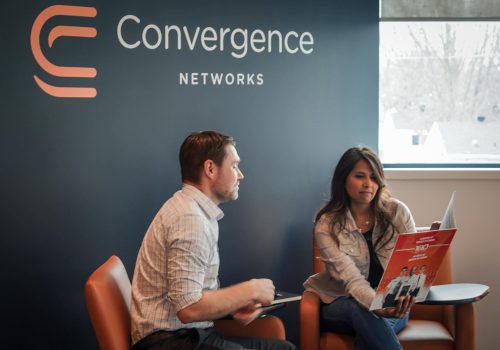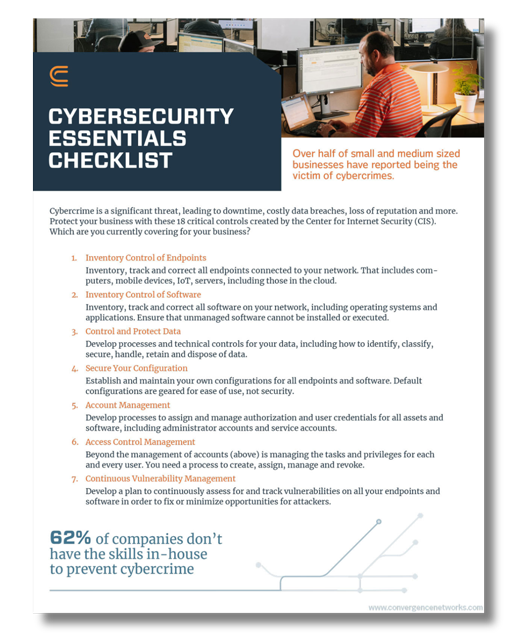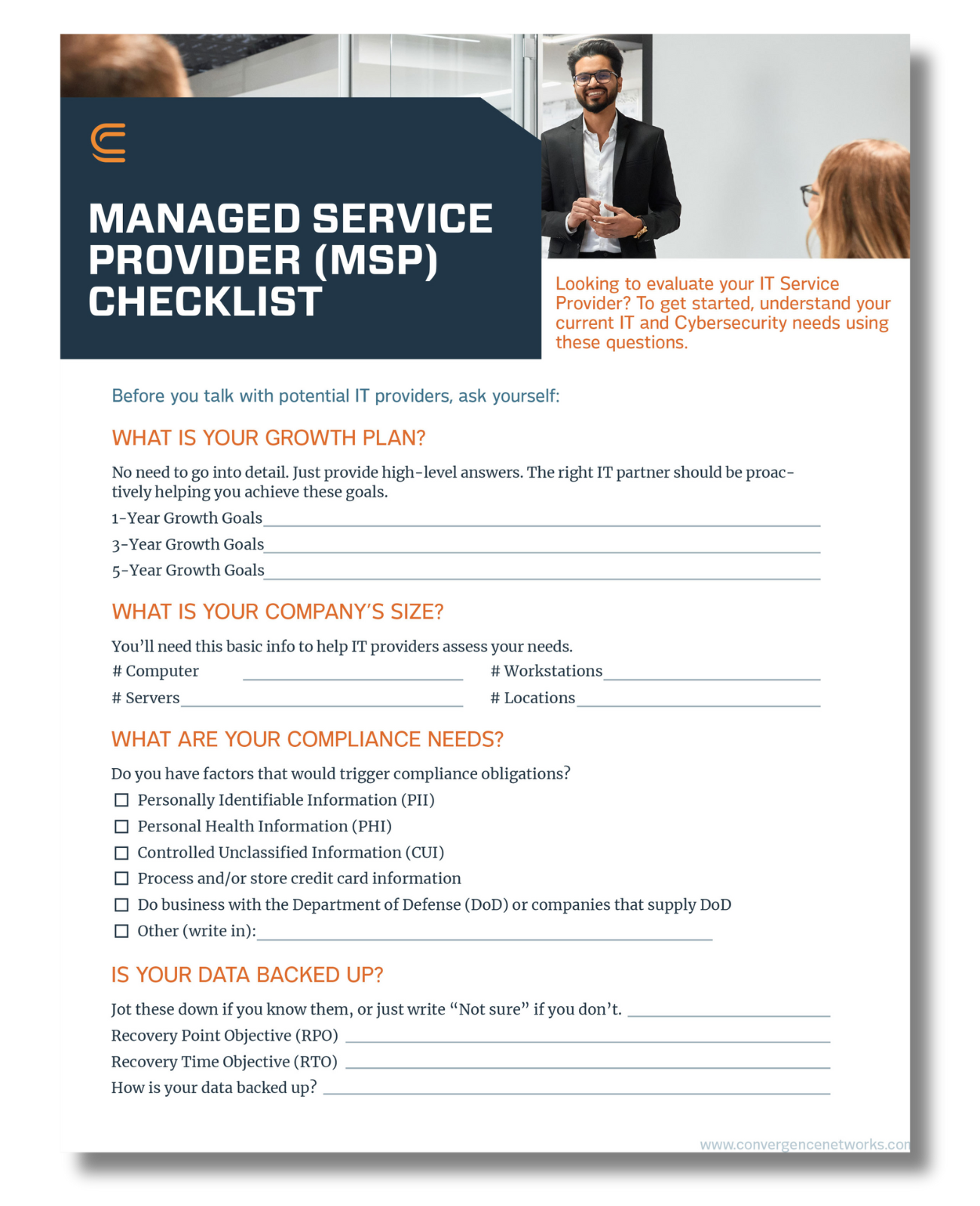Zero Trust architecture is a cyber security model where no one is trusted by default from inside or outside the network. Verification is required from everyone trying to gain access to resources on the network.
Zero Trust architecture stops and blocks malicious software and other applications that have not been specifically authorized. Zero Trust security services allow you to define what software, scripts, executables and libraries can run on your company’s endpoints and servers. This typically involves a combination of:
- Application whitelisting. This process blocks everything unless it has been explicitly approved. This means no one can download and install any program or perform any function unless it’s on the list. This not only protects you from malware or other ransomware but also from the use of your systems for non-business purposes (e.g., crypto mining).
- Ringfencing. A technology that protects your data from exploited applications and files by creating a fence at the most granular level around the applications that run your system. This essentially eliminates attack vectors from a cybercriminal’s path.
- Storage control. A solution that allows you to stop users from exporting or uploading files to the internet and external storage, like USB drives.











